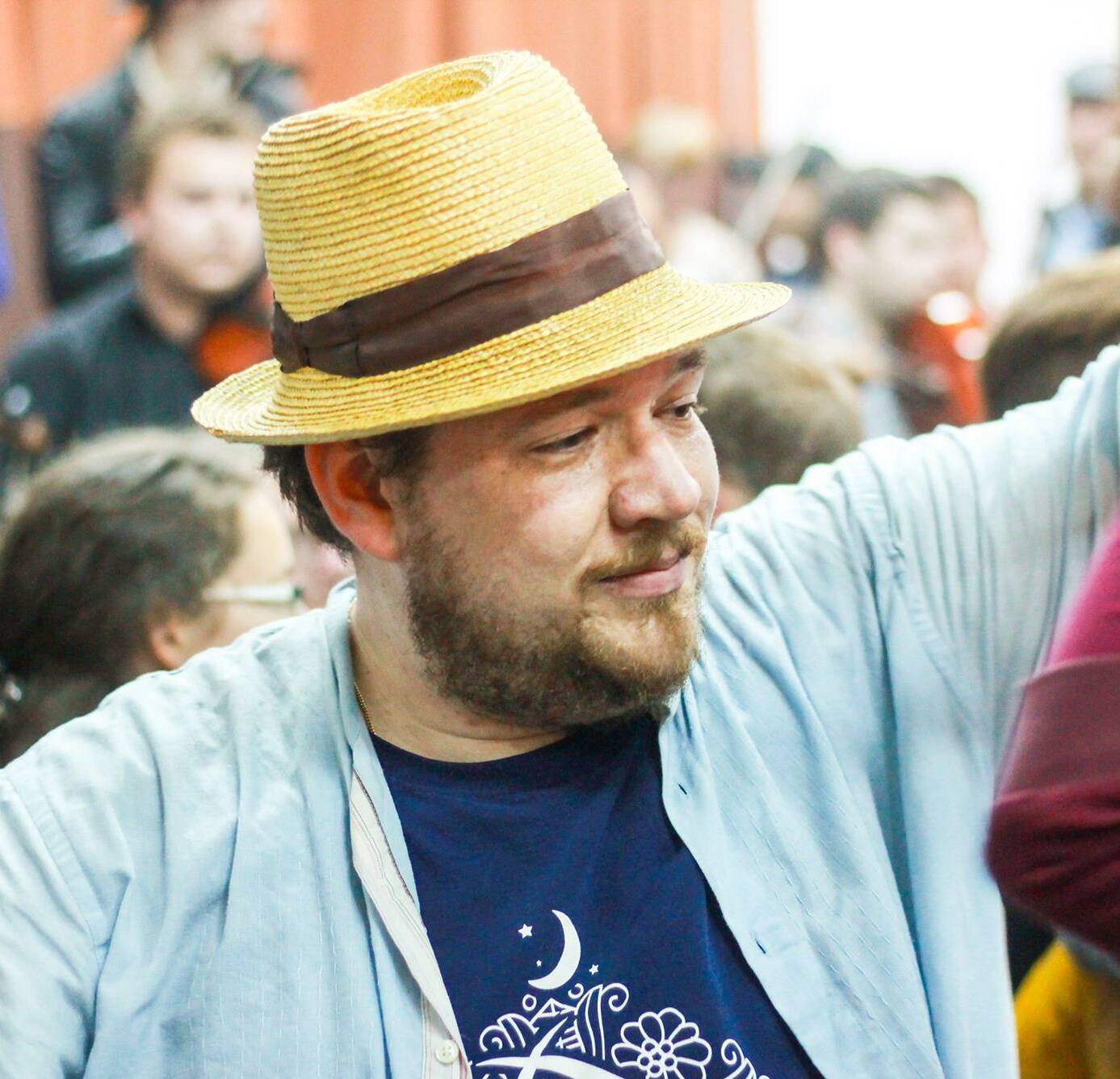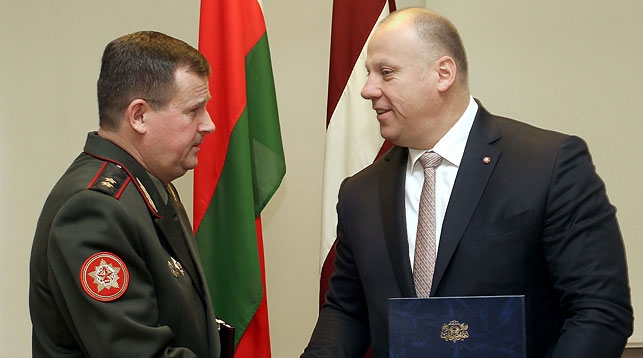By Modeste Schwartz.
Hungary – On Monday, February 26, Viktor Orbán’s Hungary woke up with a severe hangover. The defeat of a FIDESZ-majority candidate in a special municipal election, in itself, should not have caused an earthquake. Even in Hódmezővásárhely, a small town in this great eastern plain that has long been an unwinnable FIDESZ bastion. After all (the election of the mayor being, in Hungary, uncoupled from that of the city council), it was above all a choice of personalities: on the one hand, a rather grey, “replacement” FIDESZ candidate, whose name was still largely unknown countrywide on Monday, tasked with keeping the real master’s chair warm: János Lázár, the number 2 of Viktor Orbán’s government; on the other, Péter Márky-Zay, a sort of “right-wing” Macron, fresh from the United States, a conspicuously practicing Catholic, and father of seven. His victory even made some people say that he won at Hódmezővásárhely, because he is “more FIDESZ than FIDESZ”.
Alas, nothing is less certain. On the one hand, rushing the day after the election to pay tribute to an EU flag in the company of the socialist mayor of Szeged, Péter Márky-Zay multiplies gestures that make all confusion with FIDESZ impossible. But above all, the analysis of the results shows, on the contrary, that there has been no erosion of the FIDESZ vote; qualitatively, it has certainly evolved – losing, in my opinion, a few points in the centre since the adoption of a harsher social-patriotic position against Brussels, but gaining them back on the right among former voters or sympathizers of Jobbik, disappointed by the betrayal of this former far-right party, which for six months has been playing the game of the left-liberal opposition; but the total numbers remain the same. Which means (as the participation figures also show) that the opposition has been able to mobilize. Not only mobilize (which, finally, is never very difficult in the face of an 8-year-old majority, which naturally suffers from the fatigue of power), but also and above all technically overcome its divisions, despite the absence of any common program!
Indeed, what makes the “Hódmezővásárhely case” (especially if it turns out on April 8 to have been a dress rehearsal of the Hungarian legislative election) a strange precedent not only in Hungary, but on a European scale, is that this victorious opposition is in no way united.
Not only, despite a very sudden and very surprising reconciliation, the Hungarian Left (socially neo-liberal, and totally focused on a liberal/Antifa ideology) and Jobbik (characterized, still three or four years ago, as “ethno-differentialists”, Islamophiles and unambiguous anti-Zionists) are trembling in horror at the mere thought of a common list – but even the left has failed to unite. More exactly: the former post-communist government party of the 1990s (the MSZP) could get rid of the very cumbersome billionaire Ferenc Gyurcsány (ejected in 2010 by the Hungarian electorate with the most humiliating results of the democratic history of the country) only at the price of a split between said MSZP and Gyurcsány’s Democratic Coalition (DK). Add to that the LMP (acronym for the Hungarian phrase meaning “we can do politics differently”) and the very young Momentum movement – two inner-city hipster parties whose ideology is somewhere between Macron’s En Marche and German Greens, and who, to tell the truth, hate and despise the MSZP as much as FIDESZ.
And yet, Péter Márky-Zay was elected, by a wide margin. Presented as an “independent candidate”, he did not really try to hide his links to Jobbik – which, obviously, did not prevent a large part of the local “left” electorate from offering him their votes.
While dominating a good half of the media arena, the opposition to Viktor Orbán never hesitates to present his regime as a “dictatorship” (and propagates such calumny without suffering for it the least amercement: this alone shows, how dictatorial the regime really is). These opposition media have, of course, presented the Hódmezővásárhely victory as a “heroic and spontaneous” popular revival. Nothing is more wrong. For several months, various NGOs (whose funding would probably deserves our full attention) – the most prominent being probably the “Country for All Movement” of Márton Gulyás (a marionette of the Aspen Institute – a thinktank heavily funded by the Carnegie Corporation, the Rockefeller Brothers Fund, the Gates Foundation, the Lumina Foundation, and the Ford Foundation, which until the beginning of this year was led by Walter Isaacson, former CNN CEO, an American writer and “journalist” with very deep ties to the CIA) – have set themselves the goal of remedying the division of the Hungarian opposition by serving as a new kind of interface between an electorate they perceive as unifiable, opposition parties unable to make common cause beyond the anti-Orbán rhetoric, and an opposition press largely won over to the cause of the common front (for reasons that might well be due to its funding …). In view of April 8, their central task will be to determine in each constituency, based on polls, which opposition candidate has the best chance of winning, then counting on a “spontaneous” withdrawal of other candidates.
Will this hybrid structure, behind which Viktor Orbán himself, in a recent radio interview, said that he “recognizes Soros’s hand”, succeed on April 8? Recent polls suggest that, even if disappointed by, or traditionally hostile to FIDESZ, many Hungarian citizens are wondering – and rightly so – what Hungary would look like if governed (a bit like the post-Maidan Ukraine) by a “Chaos coalition” of the extreme right, extreme left and ecologists. It is true that this extreme right, through the voice of Jobbik president Gábor Vona, recently provided pledges on some central themes of the Brussels oligarchic consensus, becoming, in particular, abruptly Europhile and homophile. But this opportune transfiguration convinces very few on the left, while provoking very animated debates, and a beginning of fracture, within Jobbik. If there is one thing we can be sure about the future of Hungarian politics, it is that if Gábor Vona does not become prime minister on April 9, this will most certainly be the date of his retirement.
Without any signs of panic, FIDESZ hardliners have nevertheless decided to take the threat seriously – calling – through the voice of Zsolt Bayer – a “Peace March” (on the model of that of 2012, which drew nearly one million demonstrators in the streets of Budapest) for March 15 – a date that is not an arbitrary selection: every March 15, the Hungarian nation (within Hungary, but also in neighboring countries) commemorates the Hungarian revolution of 1848, ruthlessly quelled by a Habsburgic monarchy which many consider to be the predecessors of the “European project”. In any case, the mobilization will be maximum.
Although it is already established that the new tactical weapon of the “opposition” will cost FIDESZ its two-thirds majority, it is likely that Viktor Orbán’s party will retains a simple majority until 2022. With that being said, no NGO can force a Hungarian voter to choose a candidate who sits opposite him on the ideological spectrum – and that it is exactly what happened two Sundays ago in Hódmezővásárhely, so that FIDESZ would be, at least in the medium term, terribly wrong to dispense with a thorough reflection on this problem.
Under the effect of the Hódmezővásárhely electroshock, this reflection has actually begun. For the moment, it focuses on FIDESZ’s communication strategy, as it has so far been defined by its advertising guru Árpád Habony. Some observers denounce an obsessive over-representation of the migration theme, others point out that, even if Orbán is correct regarding the content, over-simplification of the messages can be counterproductive, often giving the most educated segment of the population the impression of “old-fashioned” indoctrination.
This problem of message calibration is, in my opinion, real, but is above all the symptom of an underlying sociological reality: the fact that FIDESZ, after 8 years of exemplary and effective policy at the service of the Hungarian middle class (practically the only one in Europe not to have been systematically sacrificed by the ruling power), is increasingly caught between two structurally hostile categories – one old, one new: a sub-proletariat for which it is true that it has not done much, and a “creative class” for which it has done everything, and which is still likely to betray them.
The lack of adherence of the less fortunate strata to FIDESZ’s “New Hungary” project, in my opinion, stems less from their alleged indifference to the migration problem put forward by the current campaign than from their mistrust of some FIDESZ social and political elites, who barely conceal a class contempt that is, after all, quite similar to the one shown before by Ferenc Gyurcsány and his acolytes. FIDESZ remains, however, popular, but owes most of its popularity to its leader’s charisma: Viktor Orbán – a populist in the best sense of the term, a man of common background, who preserves to this day a genuine empathy for Hungarians of all classes and regions and – as far as one can judge – a sincere love for the nation from which he comes.
And here we arrive at the crux of the problem: although lacking any legal basis, the accusations of “dictatorship” so often formulated against Orbán by the agents of Western soft-power refer to the reality of a strong personal power within the state and the party, a perfectly legitimate one, wanted as such by the electorate – but which brings worry to some in high places. In fact, various signs (including a half-word confession by Márton Gulyás at the end of a recent interview) suggest that the international sponsors of the new hybrid structure at work in Hungary do not necessarily have as their top priority the obtaining of a new parliamentary majority – which, assuming the voters can be convinced, would most likely lead to a permanent government crisis, or even, in the medium term, an insurgency. It is allowed to think that the principal objective – much more realistic, and less adventurous – is rather an electoral and parliamentary weakening of FIDESZ, making possible a putsch from within the party, which would allow V. Orbán to be removed from leadership. Indeed, if the immediate entourage of V. Orbán (in the person of, for example, the Speaker of the Parliament László Kövér, or FIDESZ top-publicist Zsolt Bayer) seems to have followed, shared (in some cases even reinforced) the populist-sovereignist evolution of the latter, among the FIDESZ barons of the 1990s, many still dream of a Hungary which would be a good student of Brussels, ready (for example in the energy field) to sacrifice its national interests on the altar of institutionalized Russophobia, more “accommodating” with the banking community, more euphemistic when it comes to Libya or Syria – in short: a Hungary en Marche. Finally, the irony of fate: many of these barons, more discreetly, may resent Orbán (whose name has been made synonymous with “corruption” in G. Soros’ echo-chamber media) precisely for the mani pulite policy he has discreetly imposed within the party in recent years – and that has resulted, e.g., in the noisy excommunication of the magnate Lajos Simicska (who has since become one of the main media sponsors of this opposition which says it wants to “change the system”).
According to some whispers, V. Orbán is also perfectly aware of this risk, and would have, as soon as the last European elections, taken care to “exile” some of these barons to Brussels, where, bathing in EU money and the liberal consensus, they can spend their days conspiring against their boss – but do so far from their base and their Hungarian networks. Is this information accurate? And if so, will it be enough for Orbán to prevent a putsch once the FIDESZ upper-ranks have ceased to consider his name to be synonymous with guaranteed victory? Shouldn’t the moment have come to draw the middle-high leadership of the party closer to its base (who massively believes in Orbán)? The very near future will tell.
If you like Modeste Schwartz’ writings, you can support his work by clicking here.




